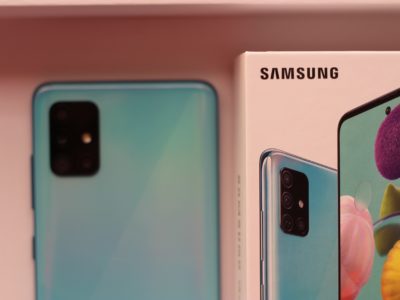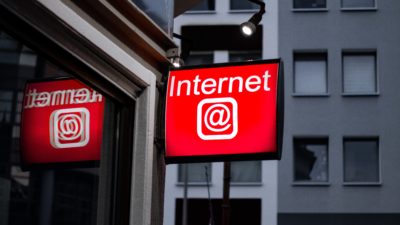An easy way to save money when on a tight budget is to reduce your cell phone bill. The amount of money Americans are willing to spend on their phone bill is proof of how much their cell phones are much loved. Even though monthly plans from major carriers start from $30, an average American household spends $100 per month on cell phone service. For consumers willing to opt for carriers other than the big players in the market, there are various ways to stay connected without breaking the bank and compromising on coverage.
Different Types Of Services
Cell phone providers offer different options to help you connect to your phone and the internet.
2G: Most cell phone providers don’t provide 2G (second generation) service as it is much slower than 3G and 4G coverage. However, if you’re using an unlimited data plan, you may find your network dropping to a 2G connection after using a limited amount of data on a high-speed network for the rest of the month.
3G: Budget providers offer 3G (third-generation wireless) service with speeds that vary from 400 kbps to over ten times as much. The majority of wireless providers that offer 4G service for web browsing provide video streaming in 3G speeds.
4G: When it comes to speeds, especially for upload, 4G and 4G LTE are the gold standards. Although 4G isn’t necessarily faster than 3G, the different speeds in 4G LTE networks are all faster than 3G.
5G: This is the updated version of the current 4G LTE networks, offering high-speed internet service to 5G-enabled devices. Its high-band connection allows users to download a movie in 10 seconds, compared to 4G that roughly takes about 7minutes.
Wi-Fi: Having a phone with a WiFi connection basically means you’re accessing the Internet on your phone for free. All you need is the password to unlock the service. Public WiFi hotspots are generally open and do not require a password.
Switch to Prepaid Plans
The major carriers in the market are Verizon, AT&T, T-Mobile, and Sprint. Monthly mobile plans from these carriers come with a hefty price tag. Luckily, their prepaid plans cost less than monthly plans, depending on your usage.
Consider Sub-Brands
The four major carriers have sub-brands that offer budget phone plans allowing you to drastically reduce your phone bill. Virgin Mobile and Boost operate on Sprint, Cricket runs on AT&T, and GoSmart Mobile and MetroPCS use the T-Mobile network. Save on your phone plan by switching to any of these low-cost brands and continue using your phone on the same network.
Simple Selection Process
With countless phone plans available, it can be difficult to select one. Here are some factors you can consider that can help you make an informed choice:
- Coverage: It is important to get a network that provides you with adequate coverage wherever you spend the most time. Check coverage maps to see which areas are covered by which carriers to make a quick selection.
- Speed: Along with coverage, your network should also support your upload and download requirements. If you use your phone only for calling and texting, then 3G speed is sufficient. On the other hand, if you spend a lot of time uploading files to the Internet, opt for a 4G LTE network.
- Use: If you use your phone only for emergencies, a talk and text plan should be sufficient. If you talk and text more, but surf the web less, opt for an unlimited talk and text plan, with limited data. If you regularly stream music and videos on your phone, opt for a plan that gives you more data at a reasonable price. If you travel internationally or call friends who live abroad, then opt for a plan that includes international use.
- Phone options: If you want to use your current phone or have a phone in mind, find a carrier that supports it. If you don’t mind switching to a new phone, you can easily find tons of low-cost choices.
- Customer service: Check testimonials and review to find out more about what different carriers have to offer and the kind of service you can expect.























Comments